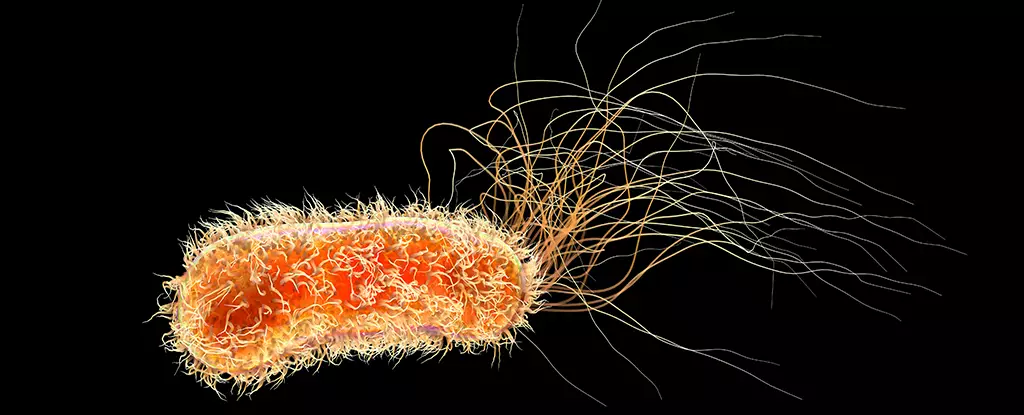Pseudomonas aeruginosa, a common gram-negative bacterium, has earned its reputation as a comic book villain among microbes. Despite being encountered in everyday environments without causing harm to most individuals, this devious killer can exploit the smallest gaps in our defenses to become a runaway infection. Its ability to infiltrate sterile spaces and its ranking on the World Health Organization’s list of priority 1 pathogens highlight the seriousness of the threat it poses.
To unravel the mystery of how P. aeruginosa evolved into an opportunistic threat, an international team of researchers led by scientists from the University of Cambridge embarked on a journey to investigate the species’ evolutionary history. By developing a genetic family tree of 596 closely related strains based on 9,829 bacterial samples from various sources worldwide, dating back to 1900, the researchers made a significant discovery. Among the strains analyzed, only 21 were responsible for the majority of infections, showcasing the rapid evolution of these dangerous strains over the past two centuries.
More than just a formidable pathogen, P. aeruginosa boasts an impressive adaptability that makes it a challenge to treat. With the ability to survive in diverse environments, from jet fuel to pure water, this bacterium’s resilience knows no bounds. Its well-stocked antibiotic resistance toolkit further complicates treatment, especially in healthcare settings where traditional hygiene practices often fall short in preventing infections.
The researchers also uncovered the bacterium’s strong affinity for individuals with chronic lung conditions like cystic fibrosis (CF). Several infectious strains of P. aeruginosa have evolved specific methods to exploit the compromised health of CF patients, evading destruction by the host’s immune system. By inhabiting immune cells meant for their removal, these strains continue to evolve, exchanging resistance factors and adapting to new environments.
Understanding the mechanisms through which P. aeruginosa spreads and evolves is critical for developing effective screening and isolation measures. The ease with which highly resistant forms of the pathogen can spread underscores the importance of proactive strategies in healthcare settings. While P. aeruginosa may never be easily defeated, awareness of its strengths is essential in containing its evolution into an even more dangerous threat.
The evolution of P. aeruginosa serves as a cautionary tale of microbial adaptation and resilience. As researchers continue to unravel the mysteries of this microbial villain, it becomes clear that vigilance and innovation are essential in combating its threat. By understanding its evolutionary history and adaptability, we can better equip ourselves to prevent and treat infections caused by this formidable pathogen.


Leave a Reply